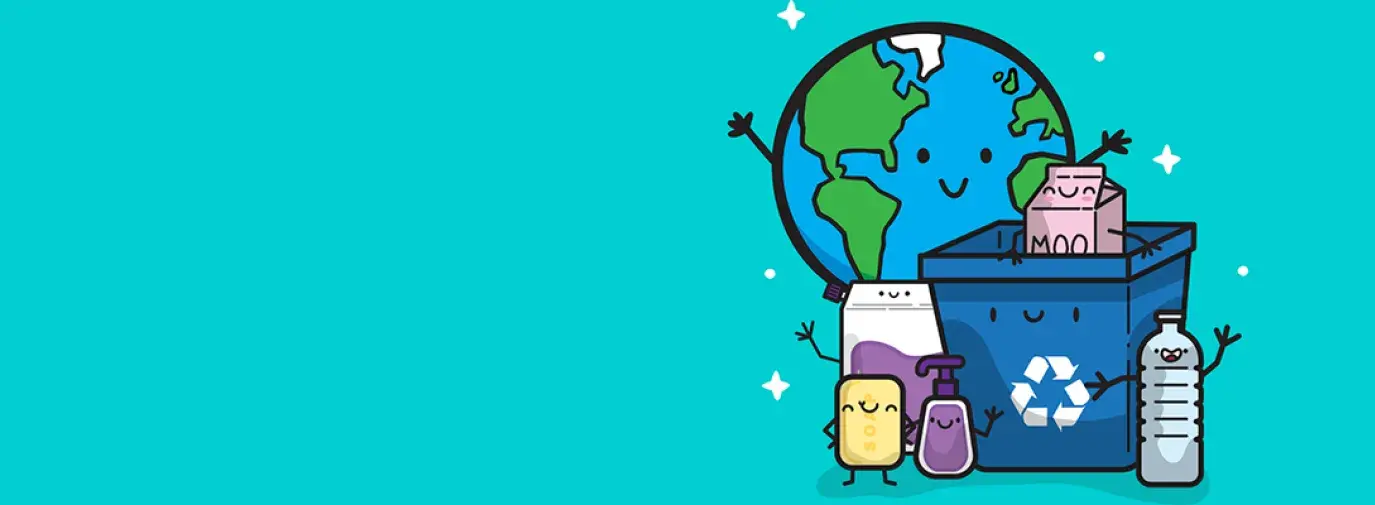
The bad news: wasteful and throwaway packaging is bad for human health, human rights, communities, wildlife, and climate and we’re using more and more. The good news: we’ve made big strides in sustainable packaging. It is possible for customers and workers to be healthy and safe without excessive waste and other negative impacts. It’s time to embrace and scale the sustainable packaging solutions that are already here and pursue innovations for the future.
Why do materials matter?
- 40% of all the plastic made each year is for packaging, most of it is designed to be tossed.
- More than half of all the paper made each year is used for packaging. Only about half the pulp that goes into that packaging is recycled, and much of it is not or can not be recycled after.
- Glass is made from sand and extracting sand is the largest mining endeavor globally and also the least regulated. Globally less than 35% of glass is recycled.
- Aluminum is made with bauxite which is extracted through damaging open-pit mining. It is far less energy-intensive and damaging to recycle than make new, and infinitely recyclable, yet less than 70% of aluminum products are recycled.
Can’t we just..?
Make everything so we can compost or recycle it? The infrastructure to recycle or compost packaging is not currently available in most parts of the world. Packaging is more difficult and expensive to recycle because of the types of plastic used or because it’s made by layering different materials together. To fix this, companies need to make packaging that is easier to recycle and policymakers need to prioritize improving recycling systems.
Replace all the plastic in packaging with another material? Replacing one kind of unsustainable packaging with another isn’t a true solution. For example, if a candy bar used to be wrapped in plastic you could only toss in the garbage and now it’s wrapped in paper you can only toss in the garbage, that’s a false solution.
Use bioplastics? They’re less harmful, right? Most bioplastics, which can be made from as low as 20% plant material, require industrial processes to break down and many release toxic chemicals when they do break down. Bioplastics also can contaminate the recyclable plastic stream. They can rely on large-scale, unsustainable agriculture and require additional land for agriculture. While some bioplastics are better than traditional petroleum-based plastic, these negatives make them a poor choice for long-term sustainability.
Use biodegradable packaging? Biodegradable is a term that is used inconsistently and often misunderstood. It is applied to a wide array of materials, including plastics that take a very long time to break down and leave toxic residues when they do. Compostable is a word that has applied standards in regards to break down time and impact on soil health that make it a better standard to aim for.
What really works
Get naked. More companies are going naked or packaging-free, even designing their products and their stores so they don’t need packaging.
Go reusable! Many companies are creating products with reusable packaging and zero-waste stores are popping up to help people buy staple goods in packaging they bring from home.
We live in a world where practically every purchase comes with packaging baggage, so why not vote with your dollars to support companies that invest in sustainable packaging? Every time you open your wallet, think of the small ways you can reduce your packaging footprint.







